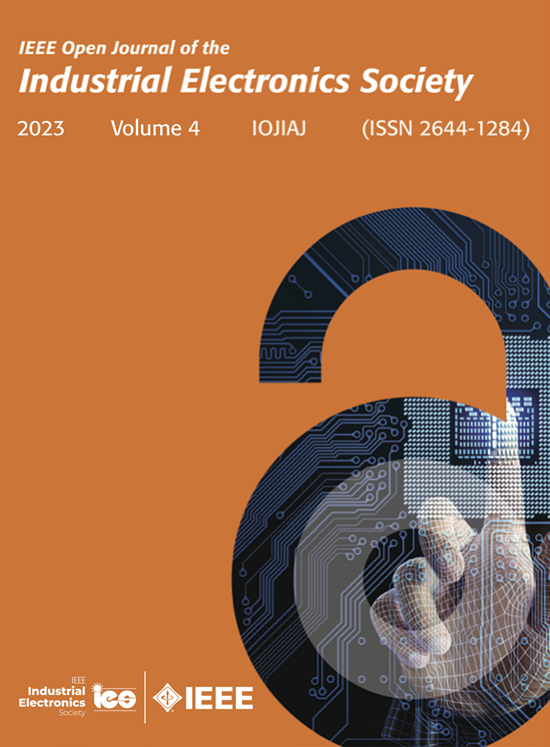A Cost-Effective Nonresonant Inverter Topology for Domestic Induction Heating
IF 4.3
Q1 ENGINEERING, ELECTRICAL & ELECTRONIC
IEEE Open Journal of the Industrial Electronics Society
Pub Date : 2025-04-18
DOI:10.1109/OJIES.2025.3562494
引用次数: 0
Abstract
Nonresonant inverter topologies are a reliable, self-protective, and cost-effective solution for induction heating (IH) appliances. In this article, a novel nonresonant inverter topology, particularly suitable for domestic IH applications, is proposed. The proposed topology achieves high output voltage levels, addressing the main drawback of nonresonant topologies compared to resonant ones, which is an increased voltage demand for the same output power. In addition, both switching devices operate against a common ground, enabling a cost-effective implementation with high power density. In this article, the proposed inverter is described, its different operating modes are analyzed, and a power control strategy is derived. A comparison with conventional resonant topologies reveals a potential cost reduction of approximately一种低成本的家用感应加热非谐振逆变器拓扑结构
非谐振逆变器拓扑结构是感应加热(IH)设备的可靠,自我保护和经济高效的解决方案。本文提出了一种特别适合国内IH应用的新型无谐振逆变器拓扑结构。所提出的拓扑结构实现了高输出电压水平,解决了与谐振拓扑结构相比,非谐振拓扑结构的主要缺点,即相同输出功率的电压需求增加。此外,这两种开关器件都在一个共同的接地上工作,从而实现了具有高功率密度的经济高效的实现。本文介绍了所提出的逆变器,分析了其不同的工作模式,并推导了功率控制策略。与传统谐振拓扑结构的比较表明,由于消除了谐振电容器和使用更具成本效益的栅极驱动器的可能性,主要电力电子元件的潜在成本降低了约13.4%。实验结果表明,输出功率可以在零到3.6 kW之间无缝控制,同时在很宽的工作范围内保持零电压切换。这确保了高效的操作,最大估计效率为98.3%。
本文章由计算机程序翻译,如有差异,请以英文原文为准。
求助全文
约1分钟内获得全文
求助全文
来源期刊

IEEE Open Journal of the Industrial Electronics Society
ENGINEERING, ELECTRICAL & ELECTRONIC-
CiteScore
10.80
自引率
2.40%
发文量
33
审稿时长
12 weeks
期刊介绍:
The IEEE Open Journal of the Industrial Electronics Society is dedicated to advancing information-intensive, knowledge-based automation, and digitalization, aiming to enhance various industrial and infrastructural ecosystems including energy, mobility, health, and home/building infrastructure. Encompassing a range of techniques leveraging data and information acquisition, analysis, manipulation, and distribution, the journal strives to achieve greater flexibility, efficiency, effectiveness, reliability, and security within digitalized and networked environments.
Our scope provides a platform for discourse and dissemination of the latest developments in numerous research and innovation areas. These include electrical components and systems, smart grids, industrial cyber-physical systems, motion control, robotics and mechatronics, sensors and actuators, factory and building communication and automation, industrial digitalization, flexible and reconfigurable manufacturing, assistant systems, industrial applications of artificial intelligence and data science, as well as the implementation of machine learning, artificial neural networks, and fuzzy logic. Additionally, we explore human factors in digitalized and networked ecosystems. Join us in exploring and shaping the future of industrial electronics and digitalization.
 求助内容:
求助内容: 应助结果提醒方式:
应助结果提醒方式:


